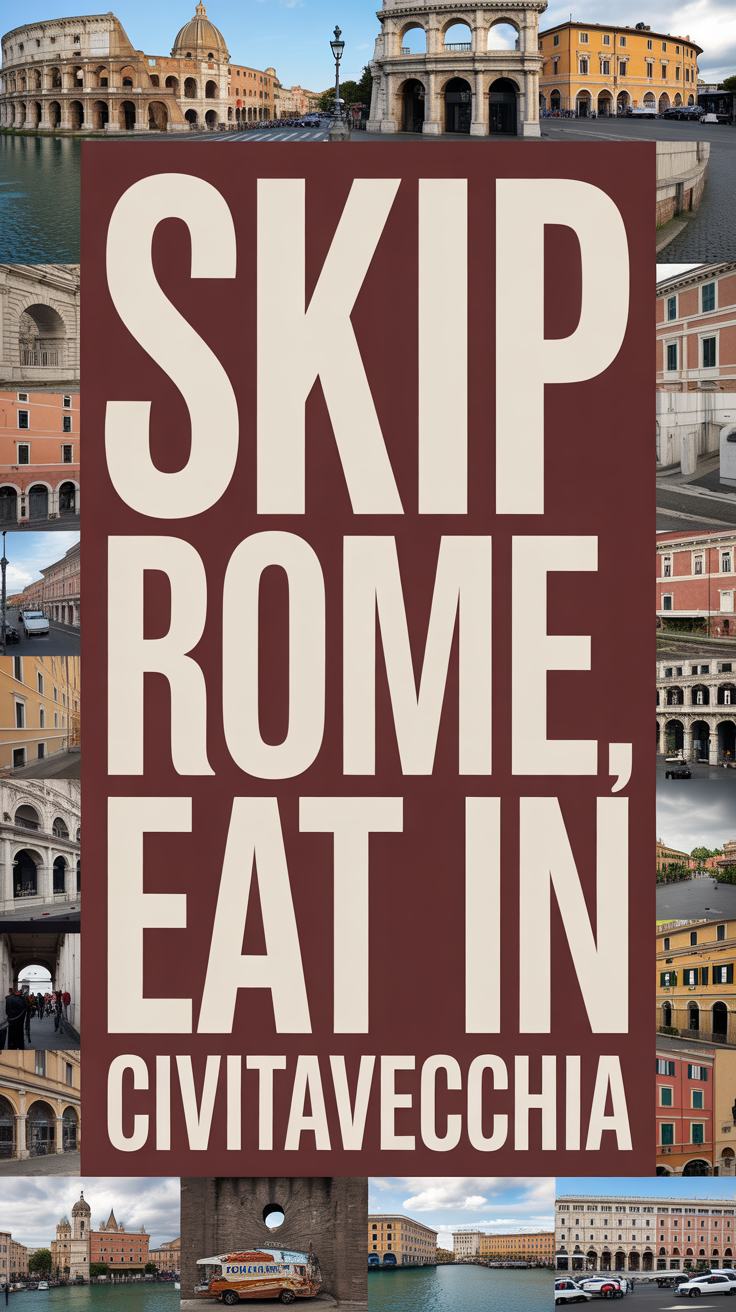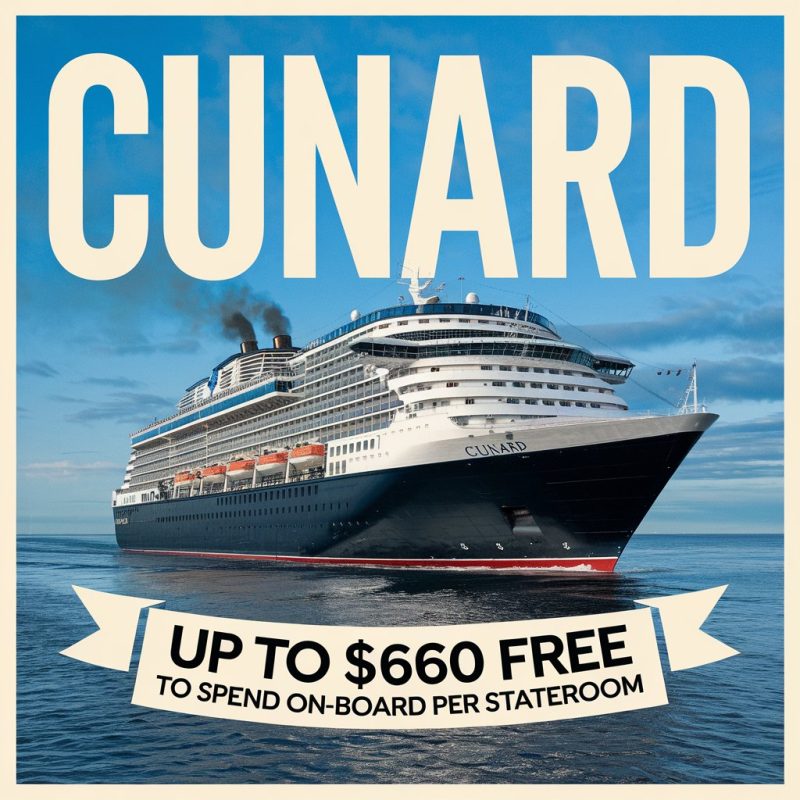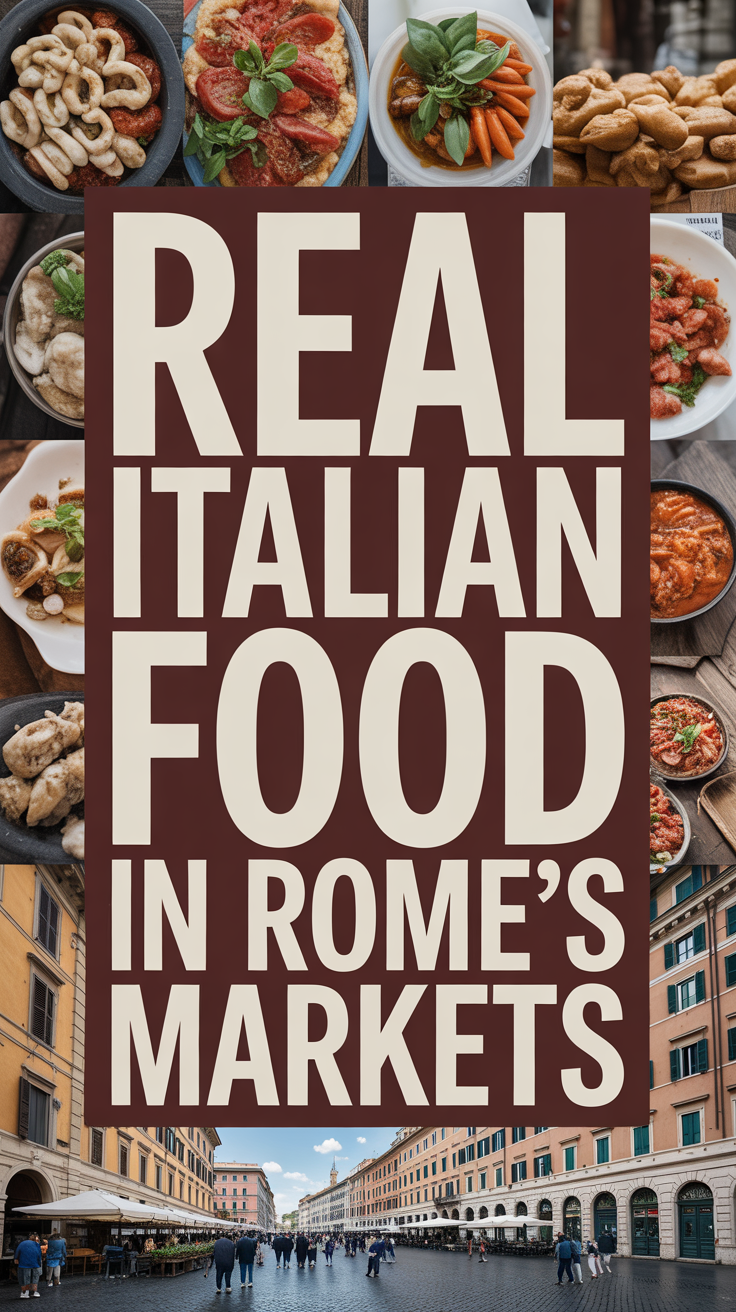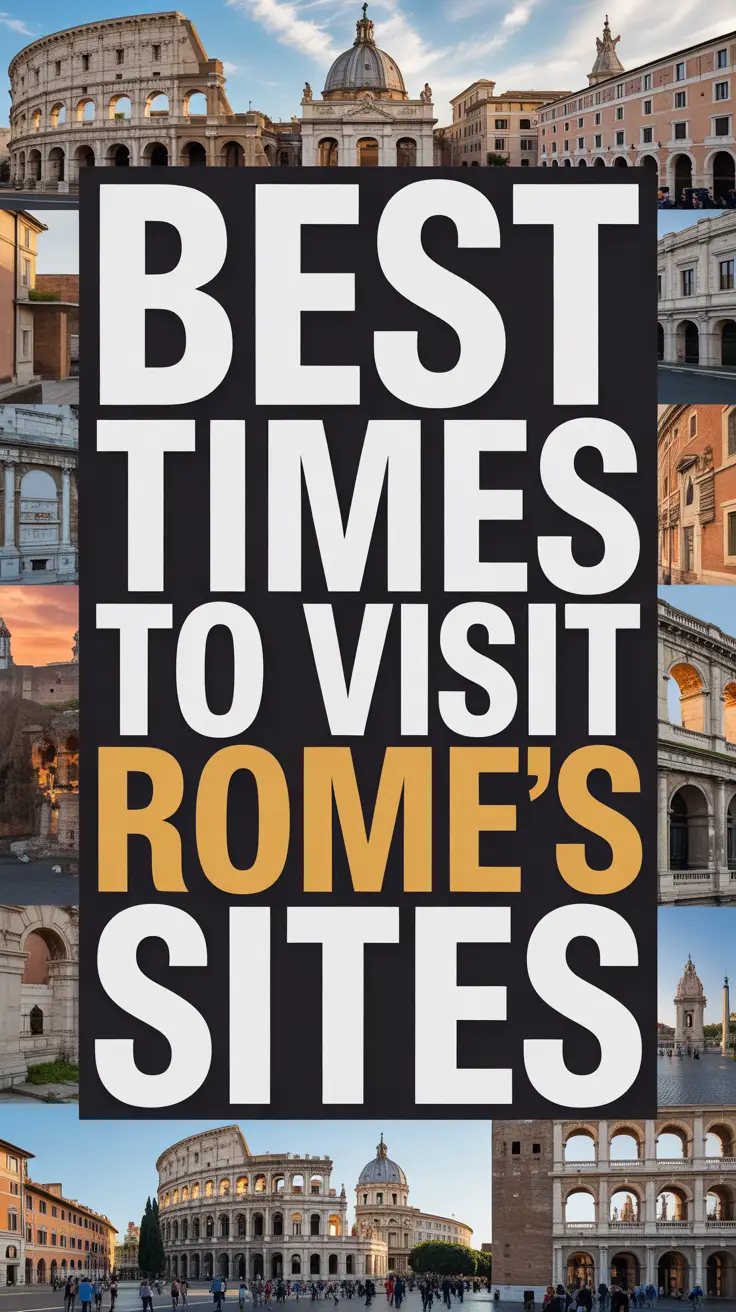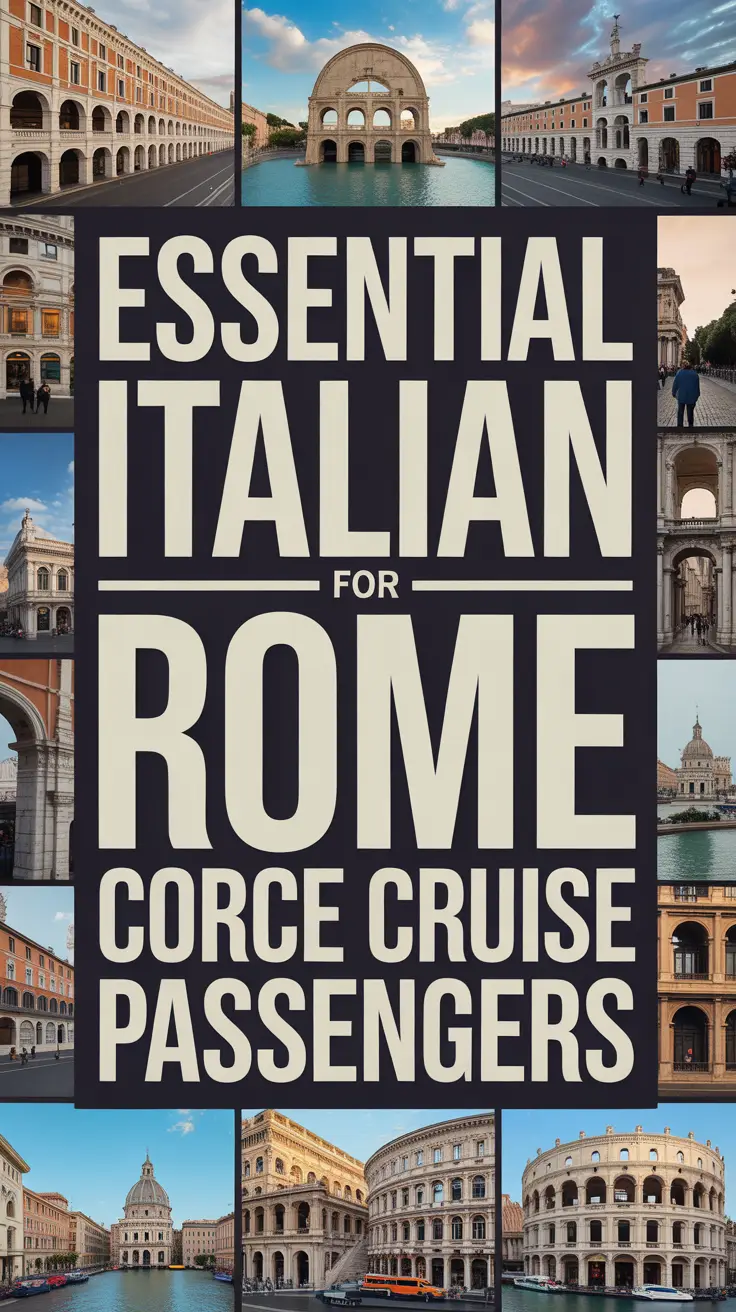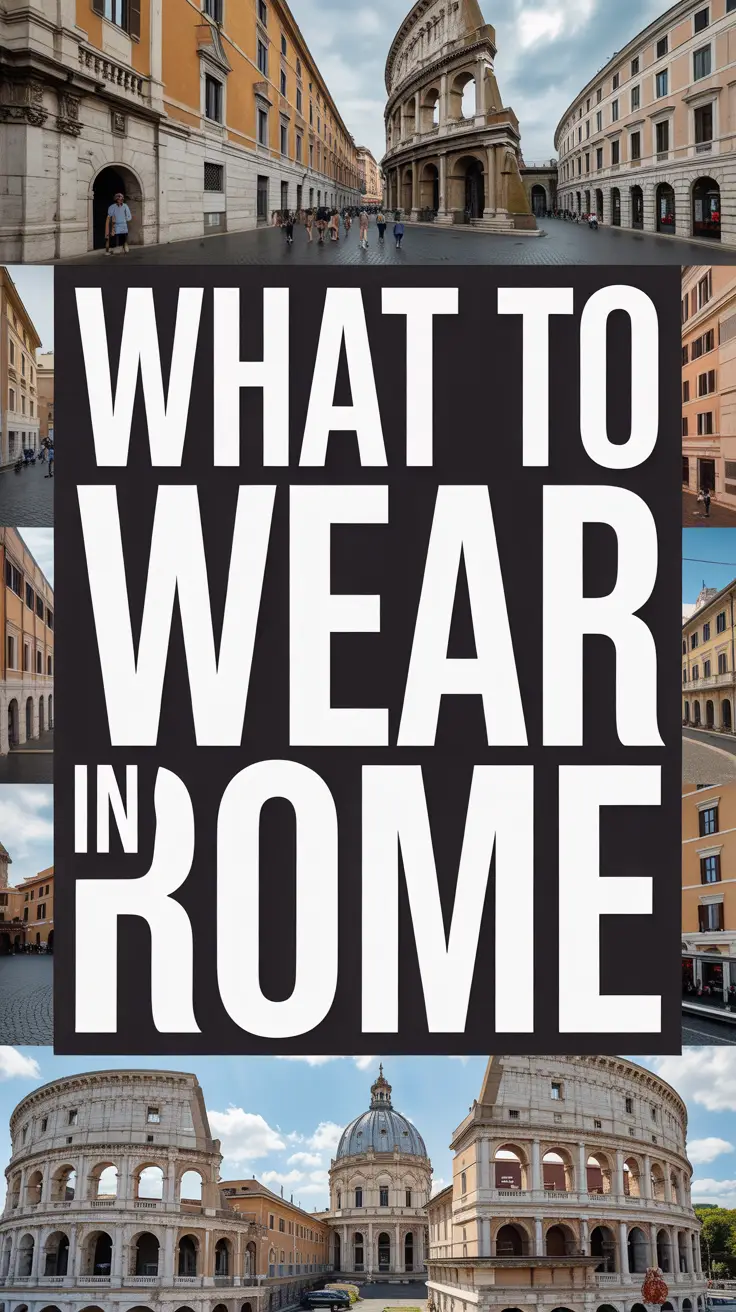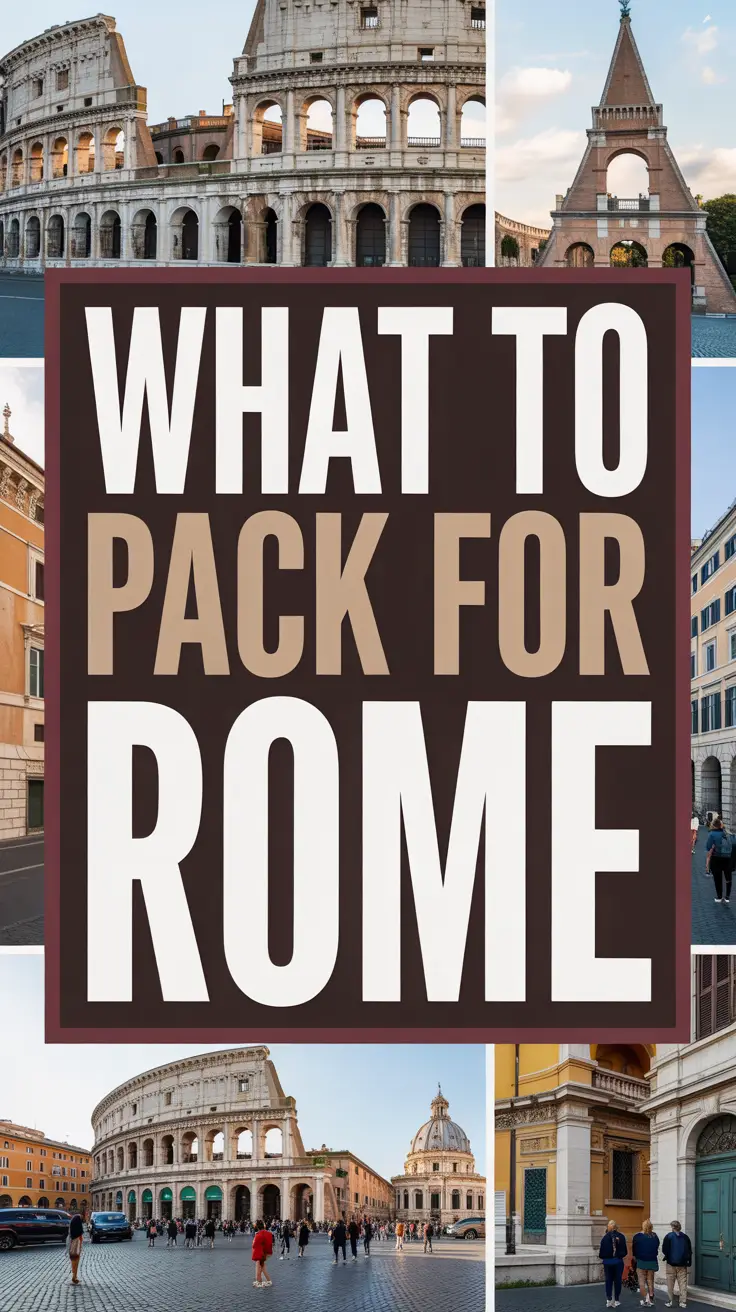Why You Should Skip Rome and Eat in Civitavecchia Instead
Here’s the truth every cruise veteran knows but rarely shares: while your fellow passengers are racing off to Rome for overpriced tourist trap meals, the real culinary treasure lies right under your nose in Civitavecchia. After three decades of sailing and countless ports, I’ve discovered that some of the Mediterranean’s most extraordinary food experiences happen in the places tourists barely notice.
The Port Town Secret
Civitavecchia isn’t just Rome’s gateway—it’s a legitimate foodie destination that most cruise passengers completely overlook. This working port town serves up authentic Roman cuisine without the tourist markup, longer waits, or pretentious atmosphere you’ll find 90 minutes inland.
“Most passengers sprint past our incredible local restaurants to eat mediocre food in Rome’s tourist zones,” explains Marco Benedetti, Civitavecchia Port Authority’s Cultural Liaison. “They miss out on the same traditional recipes, often prepared by families who’ve been perfecting them for generations, at half the price and twice the authenticity.”
The Port of Civitavecchia has been serving travelers for over 1,900 years, and the local food scene reflects this rich maritime heritage. As one of the major Mediterranean cruise ports in Italy, Civitavecchia offers incredible opportunities that most passengers miss while rushing to Rome.
Where the Magic Happens
The best dining experiences cluster around three key areas, all within walking distance of your ship:
- Via Aurelia Nord – Family-run trattorias serving fishermen since dawn
- Corso Centocelle – The local shopping street where residents actually eat
- Marina District – Waterfront spots with the day’s catch
What You’ll Actually Eat (And Why It’s Better)
| Dish | Why It’s Superior Here | Average Price |
|---|---|---|
| Spaghetti alle Vongole | Clams pulled from local waters that morning | €12-15 |
| Carbonara | No tourist modifications—real guanciale, real eggs | €10-13 |
| Fritto Misto | Mixed fried seafood from the day’s catch | €16-20 |
| Maritozzi | Local breakfast pastry tourists never discover | €3-4 |
The Time Factor
Here’s the math that’ll change your entire port day: Rome dining requires 2 hours travel time, plus 30-60 minutes waiting for tables, plus inflated prices. Civitavecchia offers the same food quality with zero travel time and immediate seating. You’ll spend more time actually eating and less time in transit or queues. If you’re still considering the Rome option, check out whether you should book a shore excursion or go to Rome on your own to make the most informed decision.
Challenges to Consider
Let’s be honest—Civitavecchia isn’t Instagram-perfect. You won’t get Colosseum selfies with your pasta. The restaurants look ordinary, sometimes even shabby. Most staff speak limited English, though pointing at neighboring tables works remarkably well. Some establishments close during afternoon siesta hours, so timing matters.
Insider Navigation Tips
- Exit the port and head toward the train station—the best spots are en route
- Look for restaurants full of locals in work clothes during lunch
- Avoid anywhere with English menus posted outside
- Ask ship officers for their personal recommendations—they eat here regularly
Bonus Tips Only Cruise Veterans Know
- The Fisherman’s Breakfast: Hit the marina at 7 AM for coffee and cornetti with returning fishing boats
- Port Shopping: Buy olive oil and wine at local shops for 60% less than Rome’s tourist areas
- Weather Backup: Several restaurants offer covered outdoor seating perfect for variable weather
- Language Hack: Download a photo translation app—point your phone at Italian menus for instant translation
- The Local Aperitivo: Join locals for pre-dinner drinks at 6 PM—you’ll often get free appetizers
For exploring the cobblestone streets and marina areas comfortably, invest in quality premium walking shoes that can handle both restaurant hopping and waterfront strolls. A lightweight day backpack is perfect for carrying your finds from local markets and wine shops back to the ship.
Common Questions
How do I know if a restaurant is actually good?
Count the locals. If construction workers and port employees are eating there, you’ve found gold. Avoid anywhere with tourist photos on the walls.
What if I have dietary restrictions?
Italian cuisine naturally accommodates many restrictions. Seafood allergies are easily communicated (“allergia ai frutti di mare”), and most places offer simple pasta dishes with just olive oil and garlic.
Is it safe to drink tap water?
Absolutely. Italy has excellent water quality, and restaurants serve it freely. Skip the expensive bottled water unless you prefer it.
How much should I budget for a great meal?
€15-25 per person for a substantial lunch including wine. Dinner runs €20-35. Compare this to Rome’s tourist areas where similar quality costs €40-60 per person.
What if restaurants are closed during our port time?
Italian meal times are sacred: lunch 12:30-3 PM, dinner 7:30-10 PM. Many places close 3-7 PM. Plan accordingly or seek out bars that serve light meals all day.
The next time your ship docks at the Rome port in Civitavecchia, resist the lemming-like rush to Rome. Instead, step off the gangway and straight into one of the Mediterranean’s best-kept culinary secrets. For more authentic local dining experiences, discover the best local food you’ll actually find in Civitavecchia. Your taste buds—and your wallet—will thank you for discovering what savvy cruisers have known for years: sometimes the journey’s most memorable meals are hiding in plain sight, just steps from where you sleep.

